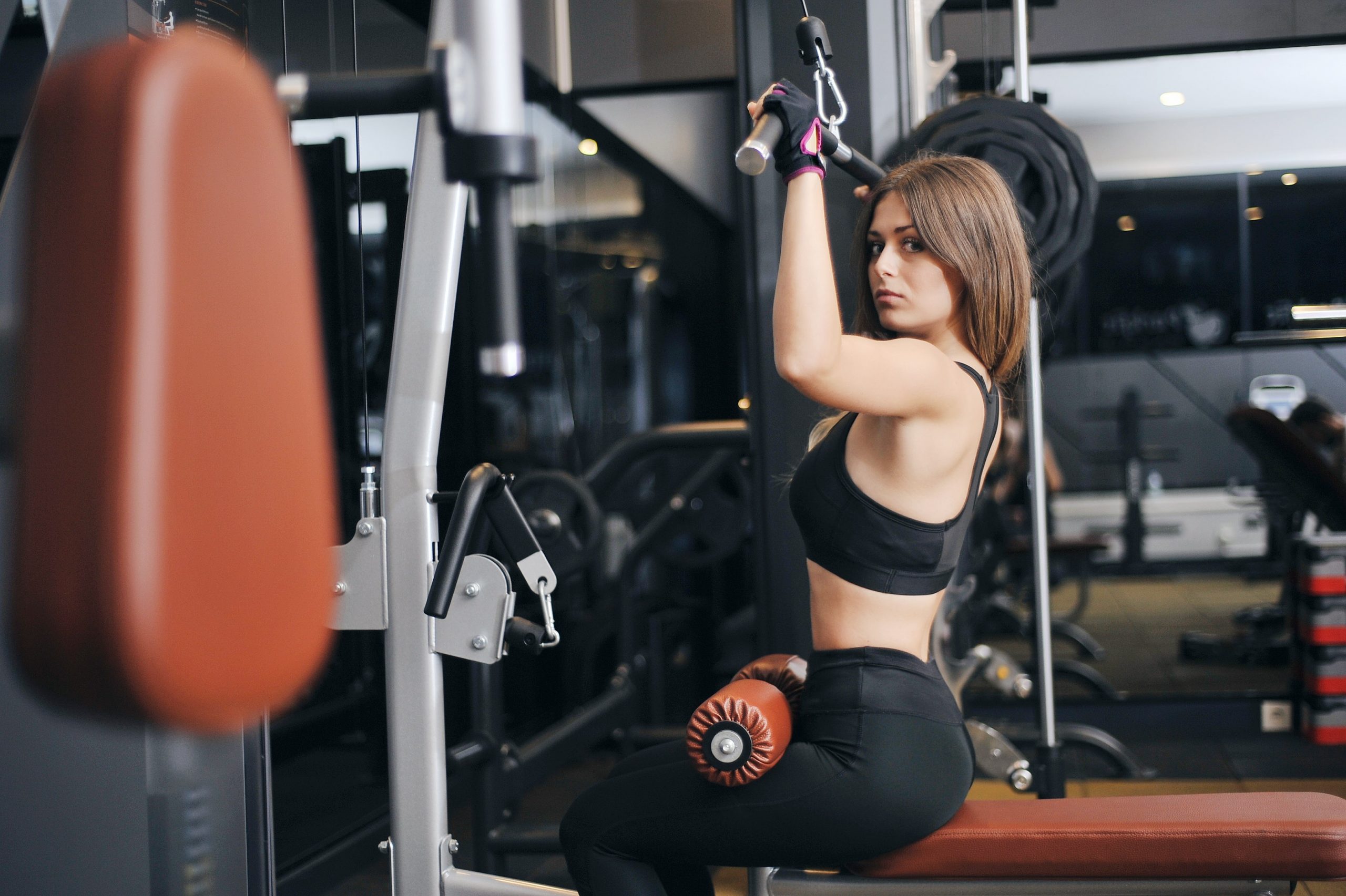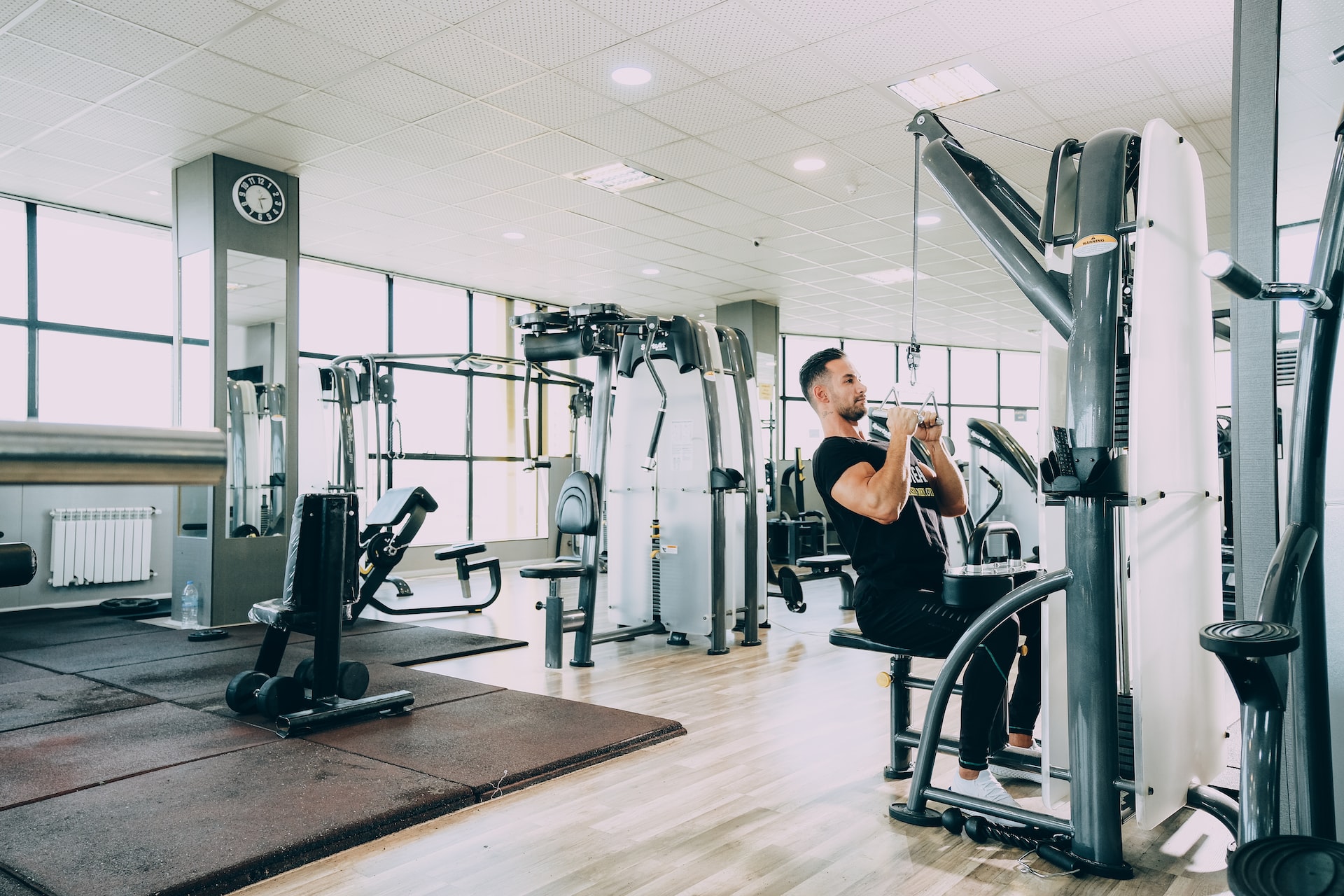As we age, our bones become weaker and more brittle. Most people reach their peak bone density around the age of 30. Following that, the rate at which the body produces new bone tissue is outpaced by the rate at which bone degrades. As a result, as we age, we lose bone mineral density, increasing our risk of fracture if we fall.
However, there are things we can do to slow the aging process and improve bone health. Dietary changes and medications can help, but some exercises can help increase bone density.
The Science of Bone Density Workouts
Weight-bearing exercise improves bone density, according to research. Weight-bearing activities require you to keep your body upright in the face of gravity. Weight-bearing practice includes activities such as walking, jogging, and climbing stairs. Swimming is not a weight-bearing exercise because the water supports your weight.
Weight-bearing exercise is also referred to as resistance training. Studies show that lifting weights is highly effective for improving bone health. But, with so many options available at the gym, how do you know which bone density exercises and oxandrolona comprar are the best?
Two major studies have identified five exercises that have assisted postmenopausal women and older men in achieving stronger bones. The exercises do not require expensive equipment and can be performed at home (if you have some essential equipment) or at your local gym.
The LIFTMOR Study
The LIFTMOR (Lifting Intervention For Training Muscle and Osteoporosis Rehabilitation) study looked into whether a progressive resistance training program could help women improve their bone density.
Over 100 postmenopausal women with low bone mass participated in the study. They were randomly assigned to either a high-intensity resistance training program or a low-intensity exercise program at home. Both groups worked out twice a week. Bone mass was measured at the beginning and end of the study.
The women completed four exercises for resistance training in each workout: a deadlift, an overhead press, a back squat, and jumping chin-ups. The women performed five sets of 5 repetitions of each exercise, lifting 80-85 percent of their one rep max (1RM). Your one rep max is the most weight you can lift in one repetition.
Researchers discovered that the weight training program improved bone density in the spine and hip area after eight months. The resistance training improved both bone strength and functional performance, according to the study’s authors.
Hip Hop Research
This study looked at how a simple hopping exercise affected the bone mass of older men. The year-long investigation was smaller than the LIFTMOR trial, with only 34 men aged 65 to 80 participating.
During the trial, the men were required to hop (one leg to one leg) in different directions for two minutes each day. The men only did the regimen on one leg to compare the results to the unexercised leg.
Researchers examined bone scans of both legs at the end of the year and discovered that the hopping portion had a 7% increase in bone mass at the hip. Even though this study was smaller in scope, other studies involving jumping routines in women also showed improvements in bone mineral density.

5 Bone Density Increasing Exercises
These two studies recommend five different exercises for increasing bone density. Remember that if you have osteoporosis, osteopenia, or any other medical condition, you should consult your doctor before beginning this or any other workout program.
To perform most of the movements, you’ll need dumbbells, a barbell, and weight plates. For one exercise, you’ll also need a chin-up bar. Begin your workout with a five-minute full-body warm-up (such as treadmill walking or jogging in place) to increase circulation and prepare your muscles for more intense exercise.
Squat in the Back
Stand with your feet slightly wider than hip distance apart to begin a back squat. If you’re using dumbbells, put one in each hand and hold them at shoulder height with your elbows bent. If you’re using a barbell, place it behind your head, on the meaty part of your upper back.
- Drop your hips back and down as if you were about to sit on a chair behind you, bending at the knees and hips simultaneously.
- Keep your chest open and your back strong as you continue to lower your hips.
- Lower your hips as far as possible without lifting your heels off the floor.
- Press the heels into the floor and push up to the starting position at the bottom of the movement.
- Rep four times more.
Deadlift
Begin by standing with your feet shoulder-width apart. Place the dumbbells or barbells at your feet on the floor.
- Drop into a squat position and use an overhand grip to grab your weights.
- Lift to a standing position while holding the weights. At the “top” of the move, the shoulders should be over the hips, the hips over the knees, and the knees over the ankles. Extend your arms so that the weights are in front of your thighs.
- Reverse the movement and lower the weights back to the floor in a squat position.
- Allow the weights to touch the floor at the bottom of the move and repeat the exercise four times more.
Overhead Printing
This exercise will be performed with dumbbells. Begin by standing with your feet shoulder-width apart and one dumbbell in each hand. Raise the weights to shoulder level, palms facing forward.
- Extend your arms over your head, palms facing forward and back strong. Avoid arching your back.
- Continue to lift until your elbows are straight.
- Rep the move four times more, bringing the weights back to the shoulders.
Chin-Up Jumps
This is an upper-body strengthening exercise that also includes a jumping component. To complete this move, you’ll need a sturdy chin-up bar.
- Jump up and grab the bar with an underhand grip, slightly overhead.
- Continue lifting (by bending through the elbows) as you grab the bar to bring your chin as close to the bar as possible.
- Release the bar and drop to the ground with soft knees and ankles once you reach the highest possible position.
- Rep four times more.
Hops in Multiple Directions
This segment can be done at the end of your workout or immediately following it. Except for a timer, no special equipment is required.
- Set the timer for two minutes and begin standing on your right leg.
- Hop in different directions using only your right leg. If it helps, imagine yourself standing in the center of a clock and hopping to each hour number (e.g., jump to one, then back to center, bounce to two, then back to center, etc.).
- After two minutes, switch to your left leg and repeat.
More Bone-Building Suggestions
If you are concerned about your bone density, remember to collaborate with your healthcare team to develop a comprehensive bone health program. You may be able to increase bone mass by making lifestyle changes (such as reducing your alcohol intake or quitting smoking). A registered dietitian can also assist you in identifying foods that contain nutrients (such as calcium and vitamin D) that promote bone growth. Your doctor may also be able to recommend medications that can help you maintain bone health and strength as you age.




